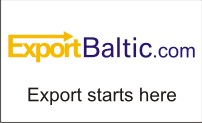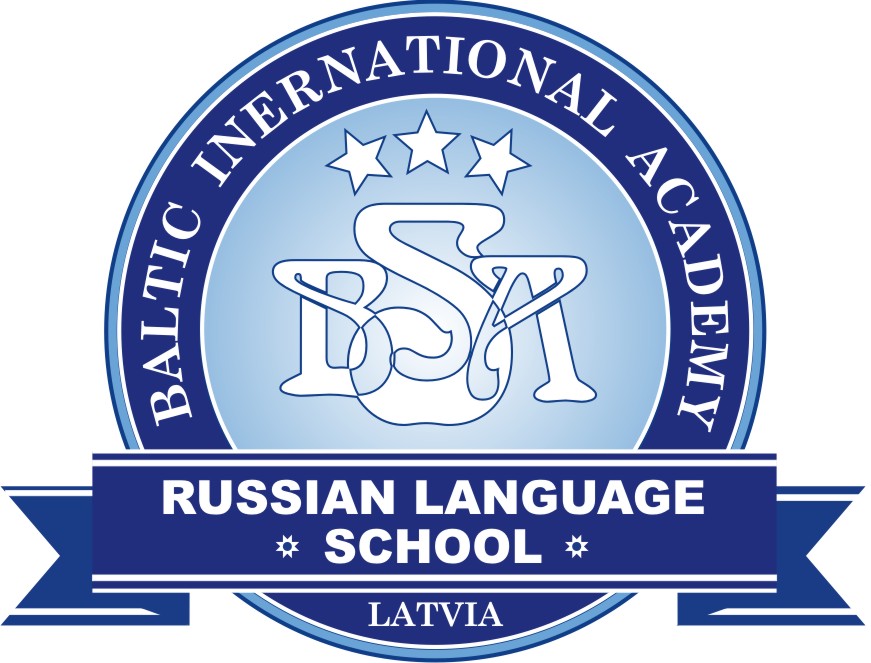Analytics, Education and Science, EU – Baltic States, Modern EU
International Internet Magazine. Baltic States news & analytics
Saturday, 24.05.2025, 07:15
Commission's Education and Training Monitor encourages reforms in the member states
 Print version
Print version |
|---|
The Commission-2018 “Education and Training Monitor”, ETM-18
is the seventh edition of this annual report to show how the evolution of the EU's
education and training systems. Besides, ETM-18 measures the states’ progress
on several EU-2020 education and training targets. The analysis of
education challenges and trends recorded in the Monitor helps to inform the
treatment of education issues in the annual European Semester process.
Furthermore, it will help to identify where EU funding for education, training
and skills should be targeted in the EU's next long-term budget.
General political guidelines
The European Commission supports the states in ensuring progressive
development of their education systems; hence, the ETM’s annual publication on
education and training provides a general overview of the states’ actions in
these areas.
Citizens’ education is the main focus of the ETM-18 report,
reflecting the role of education in fostering engagement, inclusion and enforcement
of citizens' rights. Using a range of examples, the ETM shows how the states
are working to ensure that young people learn about the values the European
Union, its democratic and institutional competences.
Present ETM also indicates that the states have made sufficient progress towards the targets for reforming and modernising education systems according to the EU-2020 targets. These targets are the following:
- to reduce the early leavers from education and training below 10%;
- to reach 40% tertiary educational attainment among 30 to 34-year-olds;
- to reach the 95% participation in early childhood education and care;
- to reduce the underachievement in reading, maths and science below 15%;
- to reach the employment rate of recent graduates of 82%; and
- to reach 15% adult participation in learning.
Source: http://ec.europa.eu/education/policy/strategic-framework/et-monitor_en
EU Commissioner for Education, Culture, Youth and Sport, Tibor Navracsics underlined in connections with the Monitor’s
publication apparent progress in the member states in order to meet the EU-2020 targets for education to
enable young people to become engaged members in the national communities. The
EU and the states together have given fresh impetus to the European goal:
promoting European shared values, inclusive education and the European
dimension in teaching.
Progress in reaching the goals
The 2018 edition of the monitor shows that the states have
made progress towards European-wide targets. However, differences between and
within countries remain, showing that more reforms are needed. This is
particularly the case for basic skills, where a bigger effort is required to
ensure that young people learn to read, write and do math properly, a
precondition for becoming active and responsible citizens.
The share of pupils dropping out of school without a diploma
fell to 10.6% in 2017, very close to the EU’s objective of less than 10% by
2020. It, however, means that more than one in ten pupils faces both difficult
prospects in further education and stable employment, including due
opportunities available for adult learning.
The percentage of those completing tertiary education rose to
39.9%, almost reaching the goal of 40% agreed on in the EU-2020 targets. And
95.5% of children aged four years or older participated in early childhood
education and care, slightly more than the target of at least 95%.
The ETM-18 also looks at how much the states spend on
education which is an important investment in economic and social development.
In 2016, public funding for education rose by 0.5% in real terms compared to
the previous year. However, many EU states are still investing less in
education than they did before the economic crisis, and thirteen states
actually spent less on education and training.
Conclusion
The ETM-18 analyses main challenges for European education
systems and presents policies that can make them more responsive to societal
and labour market needs. The report comprises a cross-country comparison, i.e. in-depth
country reports, and a web-page*) with additional data and information.
Education is high on the EU's political agenda; the
Commission is cooperating with the states towards building a European Education Area by 2025,
which is about enhancing learning, cooperation and excellence. It is also about
opening up opportunities for all, strengthening values and enabling young
people to develop a European identity. Thus, the ETM-18 encourages reforms in
the member states.
Several EU programs help stimulate investment and support
policy priorities in education. Suffice mentioning such programs and
initiatives as: the European Education Area, the Erasmus+ programme,
the European Structural and Investment Funds, Youth Employment Initiative,
European Solidarity Corps, as well as Horizon 2020 and European Institute
of Innovation and Technology.
However, the Commission suggested a significantly boost in funding
for young people’s education and training in the EU's next long-term budget.
Reference: Press
release “Education and training in
Europe: member states made further progress”, Brussels, 16 October 2018.
In:
http://europa.eu/rapid/press-release_IP-18-6132_en.htm;
Latvian version in:
http://europa.eu/rapid/press-release_IP-18-6132_lv.htm
*) More in the EU web-page at:
http://ec.europa.eu/education/policy/strategic-framework/et-monitor_en








 «The Baltic Course» Is Sold and Stays in Business!
«The Baltic Course» Is Sold and Stays in Business!

